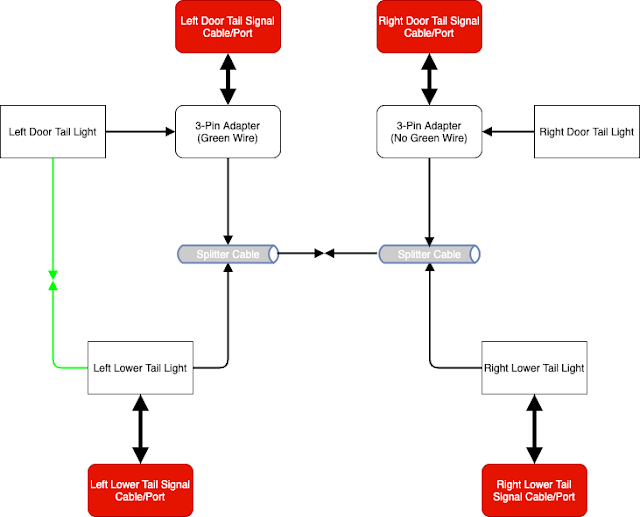Newer Processor = Faster Performance? Sometimes...
Summary:
We were receiving reports of some developers experiencing a degradation in JVM compile performance and general compiled application performance. We had just recently vMotion'd these VM's from HP G7 systems w/ Westmere processors to newer Dell M620 blades running Sandy Bridge Processors.
Long story short, applications compiled on Westmere don't take advantage of a new AVX CPU extension available on Sandy Bridge, which in turn is only made available in RHEL 6.2 and newer kernels. I'm not sure if Windows would be affected in the same way, but this was a definite issue in RHEL 5.8.
The performance delta was not 'huge' but enough in terms of scale.
Details:
We were receiving reports of some developers experiencing a degradation in JVM compile performance and general compiled application performance. We had just recently vMotion'd these VM's from HP G7 systems w/ Westmere processors to newer Dell M620 blades running Sandy Bridge Processors.
Long story short, applications compiled on Westmere don't take advantage of a new AVX CPU extension available on Sandy Bridge, which in turn is only made available in RHEL 6.2 and newer kernels. I'm not sure if Windows would be affected in the same way, but this was a definite issue in RHEL 5.8.
The performance delta was not 'huge' but enough in terms of scale.
Details:
Testing was simple. One VM on each ESXi host type and ran the compile job. HP VM finished faster than the Dell VM while running RHEL 5.8.
Testing Config:
- ESXi 5.0 U2
- HP G7 Intel X5660 @ 2.8GHz
- Dell M620 E5-2660 @ 2.2GHz
- VM Config: 2vCPU, 4GB RAM, VM hardware version 7 and 8 were tested.
- RHEL 5.8 and RHEL 6.4
Based on SpecInt scores, the Dell system should have been around 30% - 40% faster than the HP system, but that only seems to hold true when utilizing the new AVX extension available in Sandy Bridge.
Here are more details:
http://en.community.dell.com/techcenter/high-performance-computing/b/general_hpc/archive/2013/01/08/my-sandy-bridge-processor-system-is-running-slow.aspx
http://stackoverflow.com/questions/9193697/avx-optimized-code-not-running-on-linux-redhat-5-6
http://en.community.dell.com/techcenter/high-performance-computing/b/general_hpc/archive/2013/01/08/my-sandy-bridge-processor-system-is-running-slow.aspx
http://stackoverflow.com/questions/9193697/avx-optimized-code-not-running-on-linux-redhat-5-6



Comments
It's only faster if you use all 8 cores